目录
- SpringBoot中反射的基本应用
- 反射优化与性能考量
- 反射在SpringBoot高级场景中的应用
- 安全与限制
SpringBoot中反射的基本应用
反射是Java的核心特性之一,允许在运行时检查或修改类、方法、字段的行为。SpringBoot作为基于Spring框架的快速开发工具,广泛利用反射实现依赖注入、动态代理等功能。
动态加载类 通过Class.forName()加载类并实例化对象,SpringBoot在启动时扫描组件(如@Component、@Service)时使用此机制:
Class<?> clazz = Class.forName("com.example.MyService");
Object instance = clazz.getDeclaredConstructor().newInstance();
注解处理 反射可以读取类或方法上的注解。SpringBoot通过getAnnotations()解析@RequestMapping、@Autowired等注解:
RestController annotation = clazz.getAnnotation(RestController.class);
if (annotation != null) {
// 处理控制器逻辑
}
反射优化与性能考量
反射操作比直接调用慢,SpringBoot通过缓存优化性能。例如,ReflectionUtils提供高效编程客栈反射工具类,减少重复查找方法/字段的开销。
方法缓存示例
Method method = ReflectionUtils.findMethod(MyClass.class, 编程客栈"myMethod", String.class); ReflectionUtils.invokeMethod(method, targetObject, "arg");
字段访问控制 通过setAccessible(true)绕过私有字段限制,但需谨慎使用:
Field field = ReflectionUtils.findField(MyClass.clpythonass, "privatjavascripteField"); field.setAccessible(true); Object value = field.get(targetObject);
反射在SpringBoot高级场景中的应用
动态代理与AOP Spring AOP基于反射和动态代理实现切面编程。Proxy.newproxyInstance()创建代理对象,拦截方法调用:
InvocationHandler handler = (proxy, method, args) -> {
System.out.println("Before method: " + method.getName());
return method.invoke(target, args);
};
MyInterface proxy = (MyInterface) Proxy.newProxyInstance(
MyInterface.class.getClassLoader(),
new Class[]{MyInterface.class},
handler
);
条件化Bean加载 结合@Conditional注解和反射,动态决定是否创建Bean。例如,检查类路径是否存在特定类:
@Conditional(MyCondition.class)
@Bean
public My编程客栈Bean myBean() {
return new MyBean();
}
条件类实现:
public class MyCondition implements Condition {
@Override
public boolean matches(ConditionContext context, AnnotatedTypeMetadata metadata) {
return ClassUtils.isPresent("com.example.RequiredClass", context.getClassLoader());
}
}
安全与限制
反射虽然强大,但过度使用可能导致:
- 性能下降:频繁反射调用增加GC压力。
- 安全风险:破坏封装性,可能访问敏感数据。
- 维护困难:动态行为使代码难以追踪。
建议仅在框架级开发或必要场景(如插件系统)中使用,普通业务代码优先选择直接调用。
到此这篇关于SpringBoot反射的基本应用全解析的文章就介绍到这了,更多相关SpringBoot反射应用内容请搜索编程客栈(www.devze.com)以前的文章或继续浏览下面的相关文章希望大家以后多多支持编程客栈(www.devze.com)!
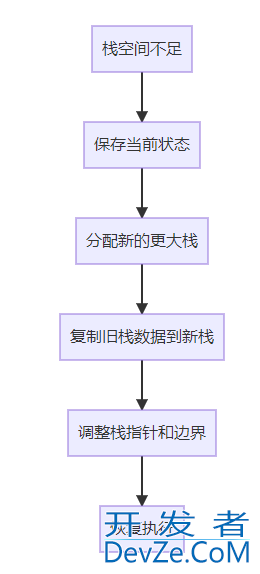
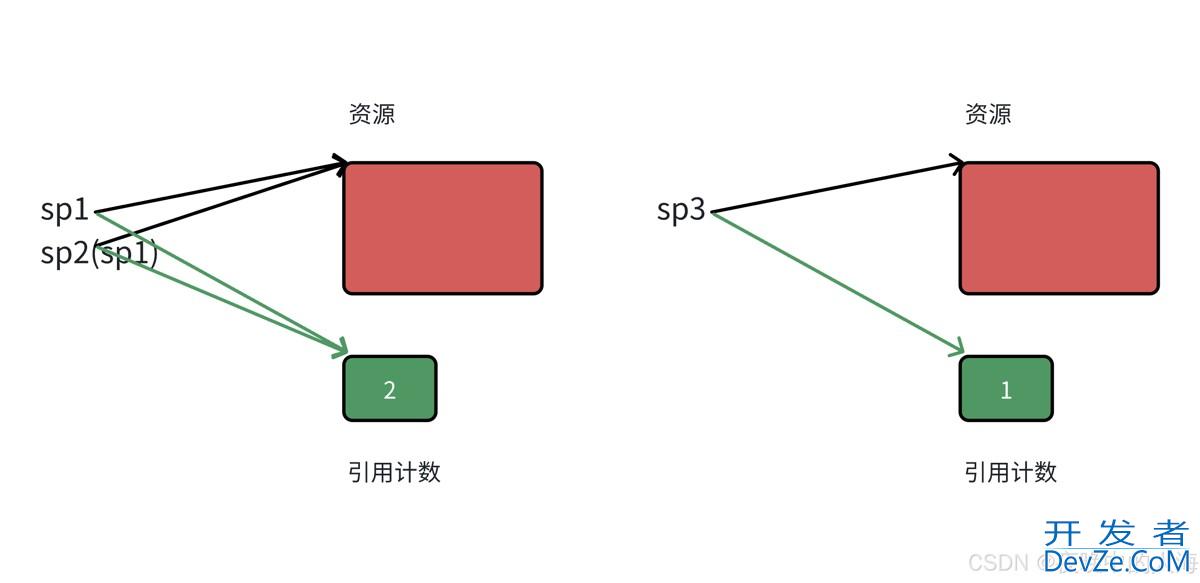
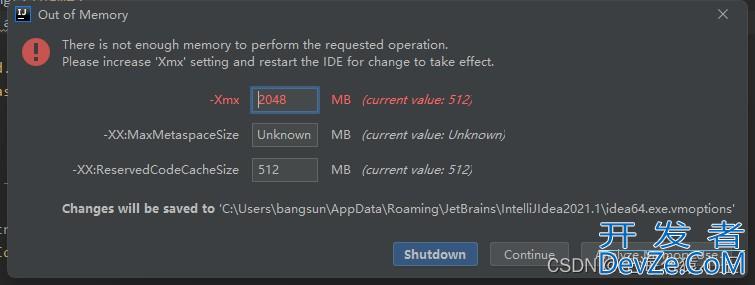
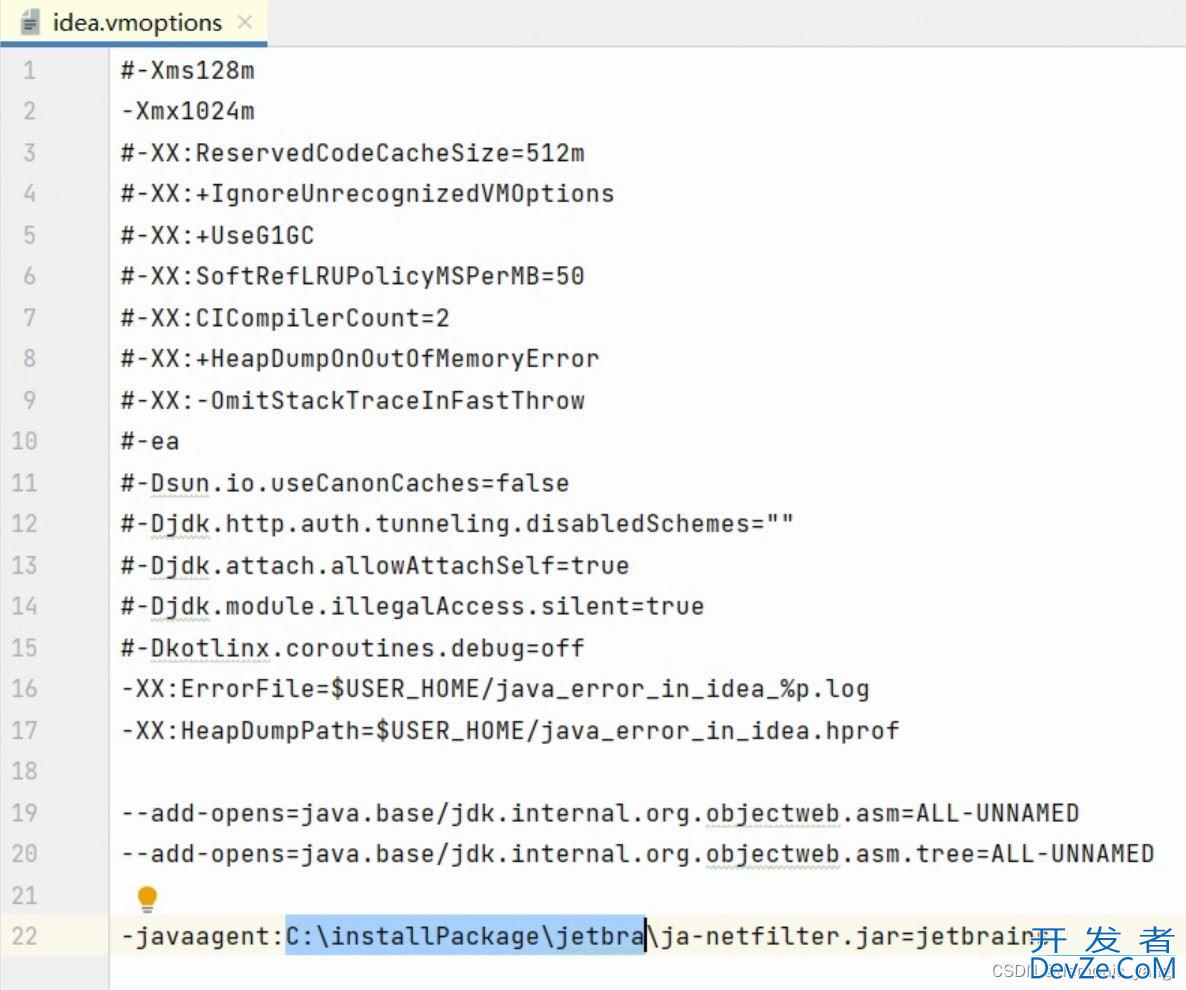
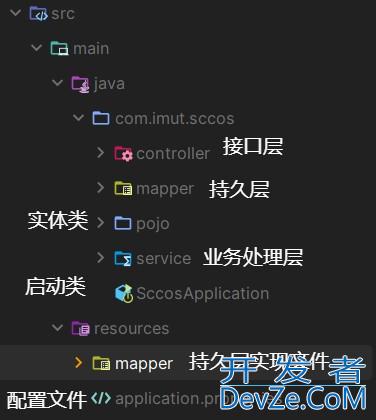

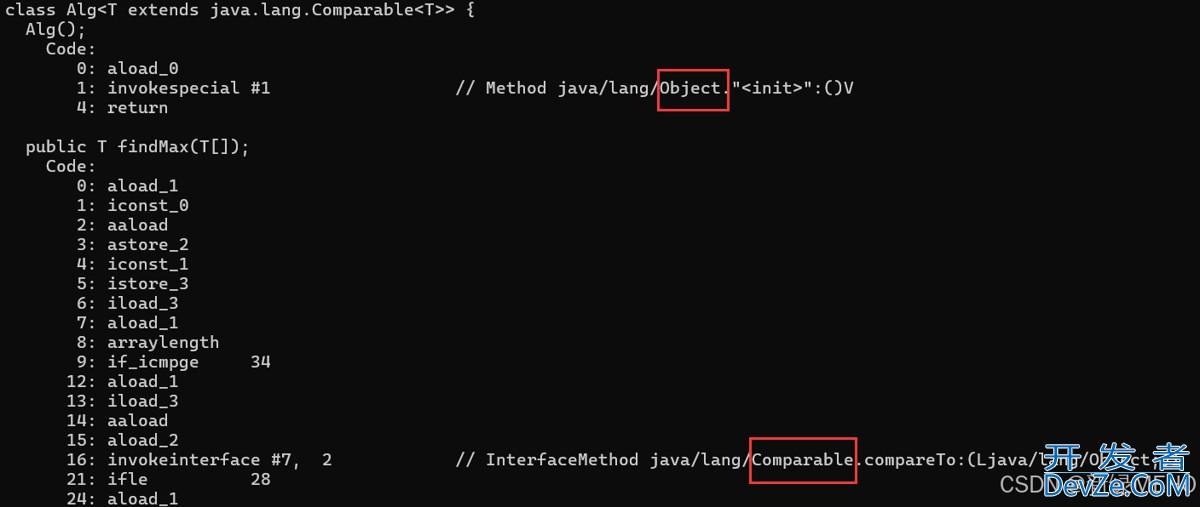
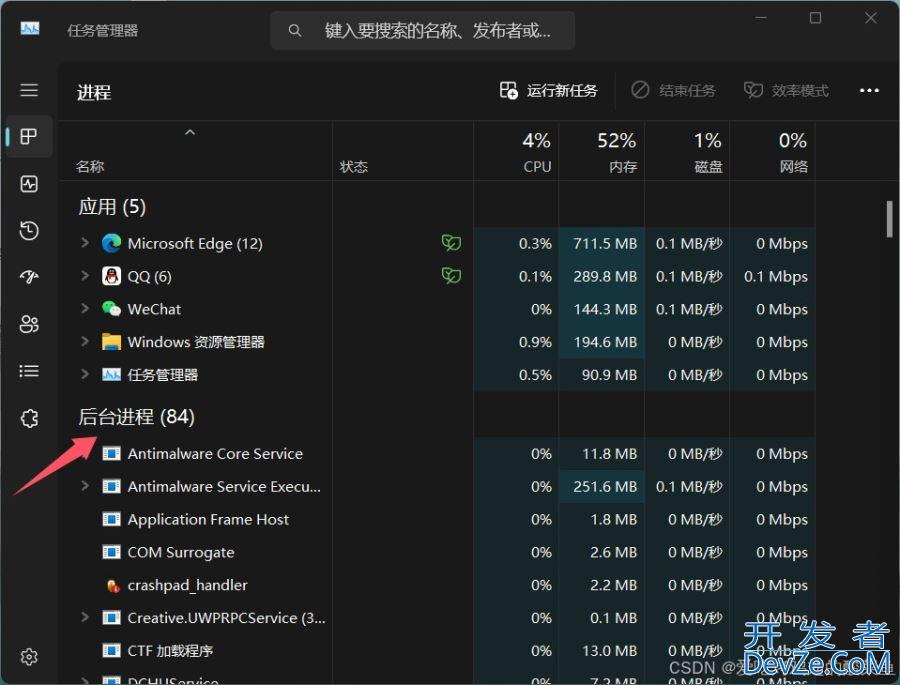
 加载中,请稍侯......
加载中,请稍侯......
精彩评论